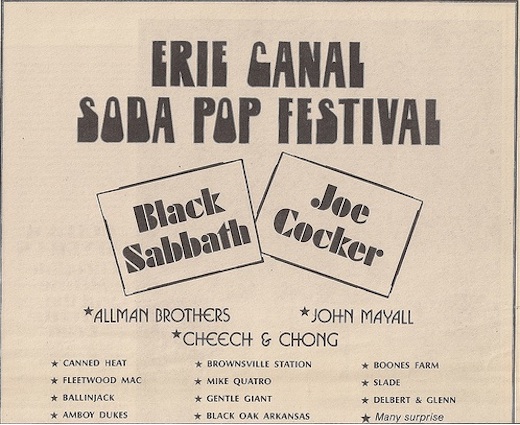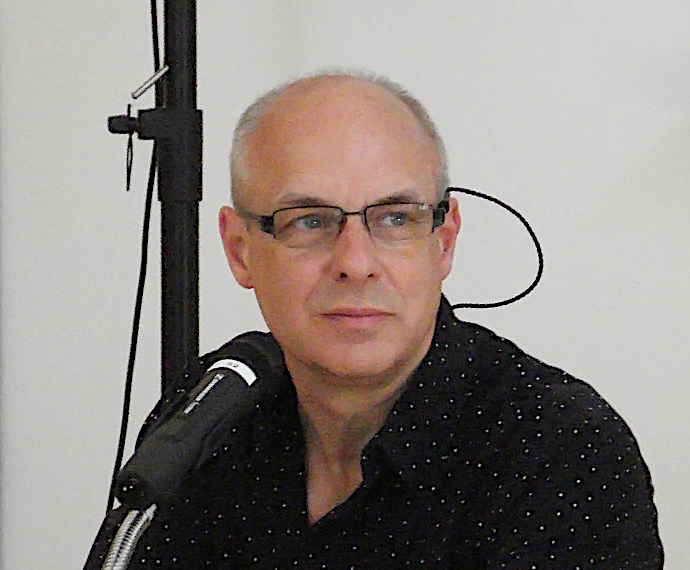“If I had asked people what they wanted, they would have said faster horses.” Whether or not pioneering carmaker Henry Ford actually uttered that quip, it has long held near-Biblical status in the realm of American business. On the other side of the Pacific, Sony founder Akio Morita put it less memorably but more generally: “If you ask the public what they think they’ll need, you’ll always be behind in this world. You’ll never catch up unless you think one to ten years in advance, and create a market for the items you think the public will accept at that time.” And had Sony, creator of the Walkman and co-creator of the Compact Disc, asked its customers what they wanted in the late 1980s, they may well have said digital cassette tapes.
In fact Philips, Sony’s partner in the development of the Compact Disc, did want to make a digital cassette tape. But Sony saw the future differently, imagining optical discs that were even more compact, and rewritable to boot. The result was MiniDisc, which within a few years of its launch in 1992 managed to see off the Digital Compact Cassette, the competing format Philips ended up developing with Matsushita. But then the story gets even more interesting, and you can see it told in detail by the half-hour This Does Not Compute documentary above. Though the MiniDisc wasn’t a straightforward success, it turns out neither to have been the sort of Betamax-style failure many Americans seem to remember today.
As a consumer audio format, MiniDisc actually became a massive phenomenon, at least back in Sony’s homeland of Japan. The peculiar economics of the Japanese music market, especially back in the 1990s, made CDs about twice as expensive there as they were in the United States. Enter the music-rental shop, where customers could check out a dozen albums for the cost of buying a single one of them, then go home and copy them all to their MiniDiscs. Veritably printing money, Sony and other MiniDisc hardware manufacturers came to the defense of music-rental chains when the displeased Japanese record industry took them to court. By the time the issue was settled, MiniDisc had already entrenched itself in the Japanese market to the point that its devices surpassed CD players in sales.
Confused by the sudden preponderance of options, most of them pricey and of uncertain value, American music consumers of the early 1990s stuck with what they knew: the high-quality CD for home listening, and the “good-enough” analog cassette tape elsewhere. In the world of professional audio, and especially among radio producers, the flexibility, reliability, convenience, and clarity of MiniDisc proved undeniable. But never cheap or widespread enough for the average listener, nor quite high-fidelity enough for the exacting audiophile, it spent most of its life in the West as a niche product. Today, a decade after its discontinuation, the history of technology has come to recognize MiniDisc as the evolutionary link between the Walkman and the iPod, each of which revolutionized the way we listen to music. And what with the newly retro appeal of 1990s technology, its aesthetic stock has never been higher.
Related Content:
The Story of How Beethoven Helped Make It So That CDs Could Play 74 Minutes of Music
All Praise Lou Ottens: The Inventor of the Cassette Tape Dies at Age 94
A Celebration of Retro Media: Vinyl, Cassettes, VHS, and Polaroid Too
Based in Seoul, Colin Marshall writes and broadcasts on cities, language, and culture. His projects include the Substack newsletter Books on Cities, the book The Stateless City: a Walk through 21st-Century Los Angeles and the video series The City in Cinema. Follow him on Twitter at @colinmarshall or on Facebook.



